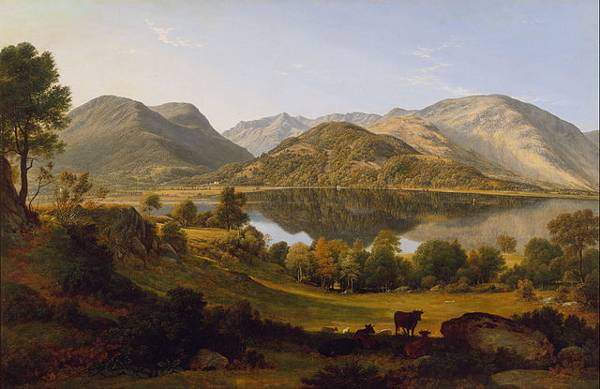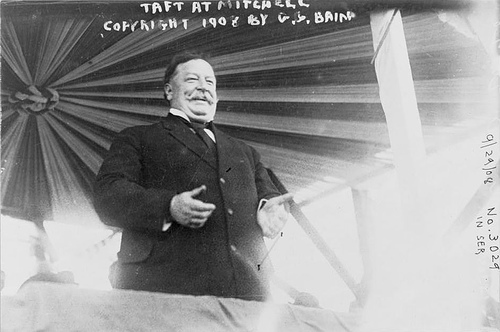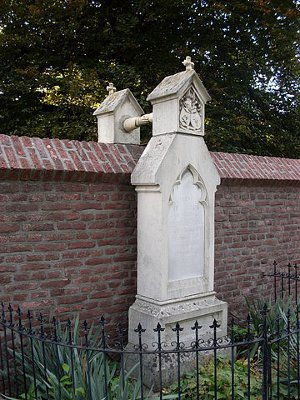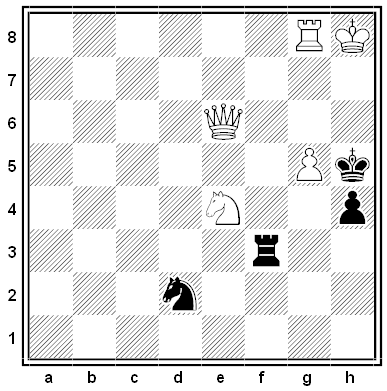
I am determined & feel sure, that the scenery of England is ten times more beautiful than any we have seen.– What reasonable person can wish for great ill proportioned mountains, two & three miles high? No, no; give me the Brythen or some such compact little hill.– And then as for your boundless plains & impenetrable forests, who would compare them with the green fields & oak woods of England?– People are pleased to talk of the ever smiling sky of the Tropics: must not this be precious nonsense? Who admires a lady’s face who is always smiling? England is not one of your insipid beauties; she can cry, & frown, & smile, all by turns.– In short I am convinced it is a most ridiculous thing to go round the world, when by staying quietly, the world will go round with you.
— Charles Darwin, letter to his sister, July 18, 1836. He was on board the Beagle, bound for Ascencion. He had written the previous December, “How glad I shall be, when I can say, like that good old Quarter Master, who entering the Channel, on a gloomy November morning, exclaimed, ‘Ah here there are none of those d—-d blue skys’.”






